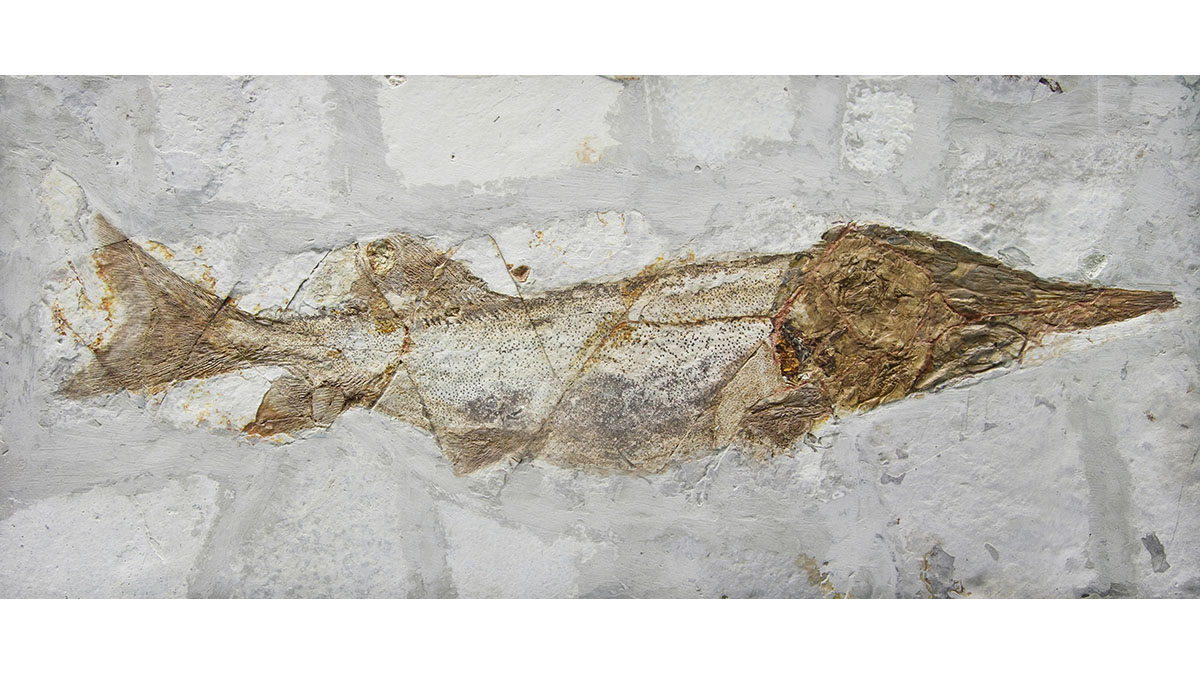Teaching Through Trade Books
Biological Diversity
In the Present and in the Past
Learning that there are similarities among and differences between organisms both past and present allows students to gain a basic understanding that biological evolution has occurred over time. The conditions in which organisms live and the changes that have happened on Earth affect how organisms evolve—or become extinct. Young students can consider the different types of organisms that live in a particular habitat and explain how the basic needs of the animal are met within the identified location.
Older students can explore both present and past environments. By examining fossils, students can begin to understand that familiar species resemble ones that have long been extinct. Furthermore, students learn that these artifacts allow us to find out more about organisms that lived long ago, as well as those organisms’ habitats. Students can build on this concept by comparing fossils to other fossils and to currently living organisms. By doing so, they can examine similarities and differences and begin to draw conclusions about what type of environment fossilized plants and animals lived in at that time in history.
This Month’s Trade Books

By Anthony D. Fredericks
Illustrated by Chad Wallace
ISBN: 978-1584696025
Dawn Publications
40 pages
Grades K–2
Synopsis
Using the redwood forest as a backdrop, this book combines simple counting and rhyming to give readers an understanding of the different lifeforms that can be found living above the forest floor in a giant redwood. Information about the redwood tree, along with additional STEM activities, are provided.

By Caroline Arnold
Illustrated by Andrew Plant
ISBN: 978-1580896917
Charlesbridge
32 pages
Grades 2–5
Synopsis
Animals that closely resemble their ancient ancestors are often referred to as “living fossils.” This story presents pairs of animals through illustrations and describes the environment of animals from both “then” and “now.” The book also explains how scientists use this information to study prehistoric animals.
Additional Texts
Kim, Y. 2015. Fossils tell stories. Minneapolis, MN: Lerner Publishing Group.
Mazer, A. 1994. The salamander room. Decorah, IA: Dragonfly Books.
Miller, D.S. 2012. Survival at 120 above. New York: Walker and Company.
Sill, C. 2012. About habitats: Oceans. Atlanta, GA: Peachtree.
Thomson, B. 2013. Fossil. Las Vegas, NV: Amazon Children’s Publishing.
Walker, S.M. 2002. Fossil fish found alive: Discovering the Coelacanth. Minneapolis, MN: Carolrhoda Books.
Grades K–2: Honing in on Habitats
Purpose
To identify what types of animals live in a particular habitat and how animals that live in different habitats have different needs.
- Tall Tall Tree
- Animal Habitats video (see Internet Resources)
- tablets or computers
- Animal Habitats game (see Internet Resources)
- Habitat Booklet (see Supplemental Resources)
- Habitat Chart (see Supplemental Resources)
- A Habitat’s a Home Information Sheet (see Supplemental Resources)
Engage
Ask students to describe their understanding of what a habitat is and name habitats they are familiar with, such as a forest or meadow. As you discuss this idea, have students focus on why habitats are important to the animals that live there. After engaging in this initial discussion, read Tall Tall Tree to the class. As you read the book to the students, focus on the following pages:
- Page with the tall redwoods: Where in the forest do you think the habitat is located?
- First page: What do you think the eagle might eat for dinner? Where do you think his dinner might live in the habitat?
- Second page: Where do you think the baby owls are? What type of animal is the parent owl feeding to the babies? What do you think the mouse or chipmunk would eat?
- Third page: These salamanders live in the trees. Where else in the forest might salamanders live?
- Fourth page: Where are the woodpeckers trying to hide their food? How did the holes get into the trees?
- Fifth page: What type of food do woodrats eat? Based on the picture, where do you think the woodrats are found?
- Sixth page: Look at the picture on this page and compare it to your answer about where woodrats live. Where do you think they and the chipmunks live now?
- Seventh page: What living thing in the habitat helps the bumblebees by serving as a food source?
- Eighth page: Where might the bats be roosting in the forest?
- Ninth page: What kind of environment do you think the banana slugs need to live in, based on the picture?
- Tenth page: What might eat ladybugs?
Now, re-read the book and ask students to focus on the descriptive words that they hear in the story, such as “creeping, hopping, or zipping” or “furry, darting, dining.” When they hear one of these descriptive words, they should discuss the image that comes to mind and how the words make them think about the animals. Help them understand that descriptive words in writing are similar to using descriptive words in making observations and understanding science.
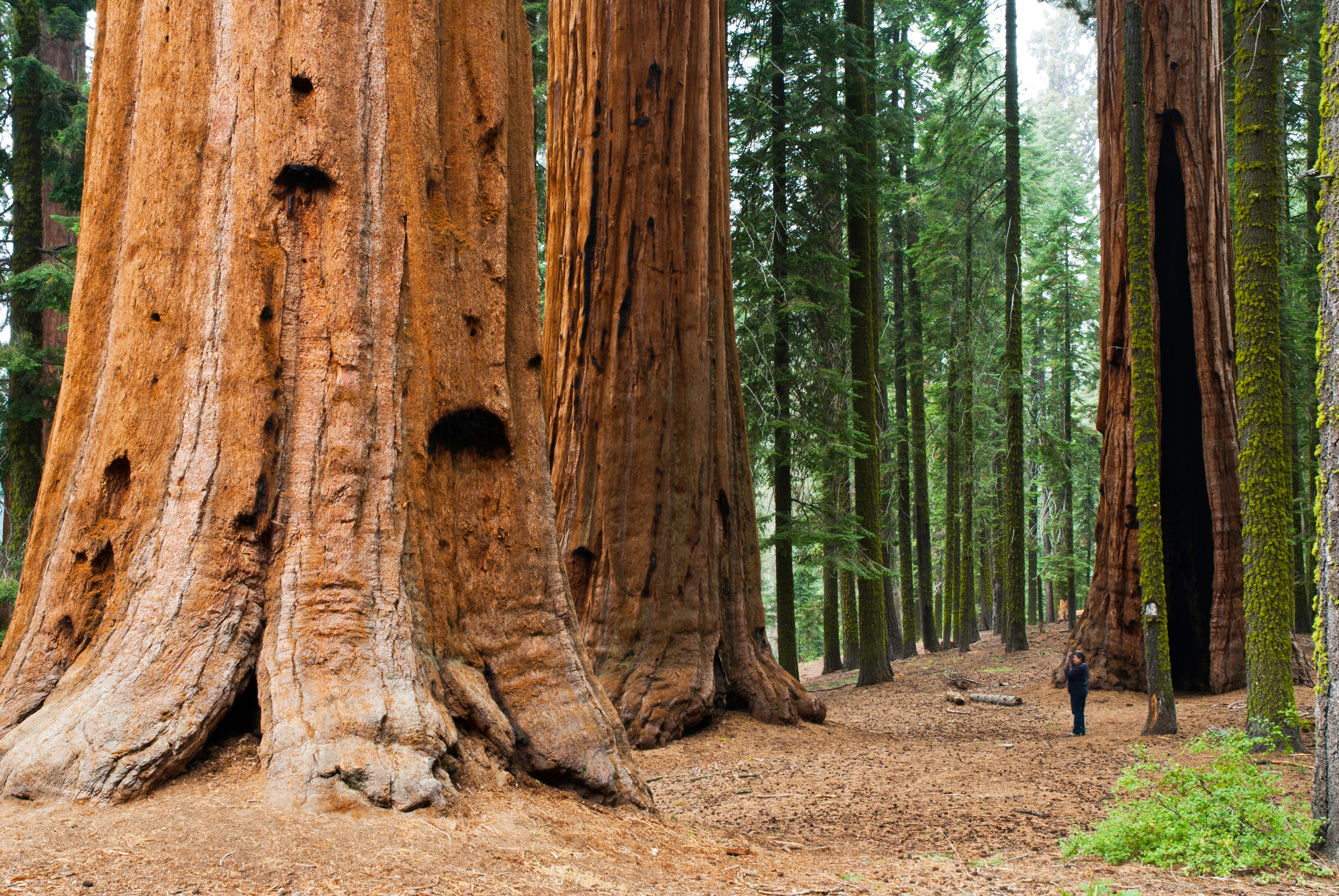
Explore
Show students the video “Animal Habitat” (see Internet Resources) and discuss the things an animal needs in its habitat: food, shelter, space, water, and air. Ask students to use their tablets or classroom computers to investigate the game Animal Habitats (see Internet Resources). Although it was designed for slightly older students, this game can be used with younger kids with some guidance or by using it as a whole-class activity facilitated by the teacher. The game asks students to look at four different habitats (desert, coral reef, jungle, and marsh) and to place animals in the proper habitat. There is also important information about each of these areas in the illustrations. Before students engage in the online game and begin to move the animals to the proper locations, ask them to look at the Habitat Booklet (see NSTA Connection). Walk students through the information they are asked to record about each type of habitat. Model for students how to use descriptive words to share what they observe in the habitat pictures and sketch each in the Habitat Booklet.
Explain
After students investigate four habitats through the game and add a fifth habitat from the book (i.e., forest or the tops of redwood trees), ask them to help create a large classroom table that describes what type of animals would live in that habitat, what they would eat, and where in the habitat they would be found. This will help students to organize their thoughts around habitats and help them understand that different animals live in different habitats and have different needs. The teacher should facilitate this discussion and add the information to the chart, which could be enlarged into a poster format (see NSTA Connection). Questions and prompts that can be used to guide the discussion include:
- Let’s list the different habitats that you investigated. Are there any other types of habitats that you think animals live in? Can you describe them?
- What were the five things that animals need in a habitat to survive?
- Let’s think about the forest habitat from the book. Where in the forest was this habitat located? Are there other possible habitats in a forest? Where would they be located?
- Describe what the habitats in the game looked like. What type of animals live in each habitat? What would these animals eat?
Elaborate
Ask students to select one of the hidden animals (paper wasps, yellow-spotted millipede, red tree vole, California sister butterfly, northern flying squirrel, marbled murrelet, Steller’s jay, wandering salamander, skunk, Allen’s hummingbird) described at the back of Tall Tall Tree to focus on for this section. Remind students that animals need food, water, shelter, air, and space in their habitat. Ask students to use A Habitat’s a Home Information Sheet (see NSTA Connection) to create a page about their animal that describes the animal using descriptive words, based on the illustrations in the book. Create a class book that could accompany Tall Tall Tree that provides information about these animals.
Evaluate
Students expand upon their prior knowledge through defining the term habitat and connecting the story to the idea of a habitat by drawing details from the text. They also apply their understanding of what types of animals live in different habitats by playing the online game and describing the different types of environments. Finally, they create a page about a particular animal to assemble into an informational resource to accompany Tall Tall Tree.

Grades 3–5: Looking at Living Fossils
Purpose
To investigate a living fossil in order to gather information about their prehistoric ancestors.
- Living Fossils: Clues to the Past
- fossils or pictures of fossils
- chart paper
- tablets or computers
- Brainstorming Sheet (see Supplemental Resources)
- Fish and Fossil Observation Sheet (see Supplemental Resources)
- Ten Prehistoric Fish video (see Internet Resources)
- Story Excerpt Cards (see Supplemental Resources)
- Author Guidelines and Notes Sheet (see Supplemental Resources)
Engage
Obtain a few fossils or pictures of fossils that students can examine and share them with students. Ask them to consider what types of information they can obtain about the organism that is represented in the fossil. Then, ask them to sketch the fossil or picture of a fossil on their Brainstorming Chart (see NSTA Connection) and make a list of what they brainstormed. Pose the following question to students after discussing the list they developed: “What are ways that scientists can obtain information about organisms and environments of long ago?” Engage students in a discussion, and then explain that scientists can obtain information on some animals and plants because there are animals and plants that closely resemble their ancestors.
Show students the title page of Living Fossils: Clues to the Past, which shows a dragonfly and three pieces of rock that look like they fit together like a puzzle. Ask students to closely examine the picture and describe what they see. Ask students, “How are the wings of the dragonfly and the wing fossil similar? How are they different?” After discussing the similarities and differences, read Living Fossils: Clues to the Past to students. Discuss the following points:
- pp. 4–5: Look at the three different pictures that show fish at three different points in evolutionary history. What are the similarities among the fish when you compare and contrast the characteristics of each?
- pp. 6–7: What characteristics can we learn about animals and plants from fossils? What characteristics are fossils not able to tell us about the plant or animal?
- pp. 8–27: Compare and contrast the information about where the organisms mentioned lived and what their environment was like, using information in the reading and the illustrations.
Record students’ comparisons on chart paper as they answer the question, “What are similarities and differences?”
Explore
Because it is challenging to actually have living fossils, or organisms that resemble their prehistoric ancestors, in the classroom, students will rely on different forms of media to bring these creatures to life. Start by introducing them to 10 additional fish that resemble their prehistoric ancestors by watching “Ten Prehistoric Fish Alive Today” (see Internet Resources). As they watch the video, they should record observations about the characteristics of the different fish and the environment in which they live on their Fish and Fossil Observation Sheet (see NSTA Connection). By recording their observations, students connect the idea that prehistoric organisms and environments have similarities to organisms and environments today. After watching the video, ask students to examine the pictures of fossils of ancestors of some fish described in the video. Using the pictures of fossilized fish (see NSTA Connection), ask students to make additional observations of the three different types of ancestors to the fish they viewed in the video.
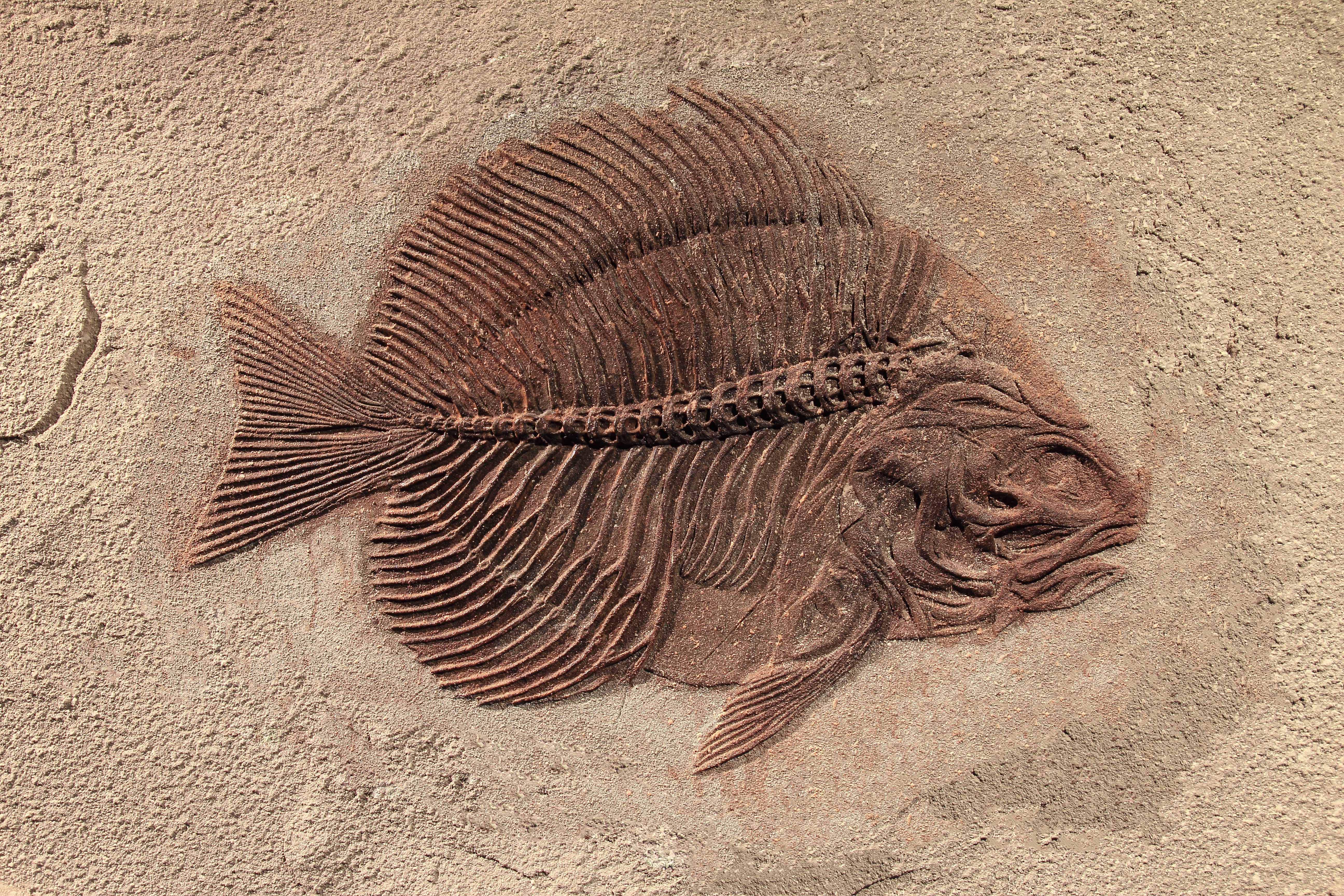
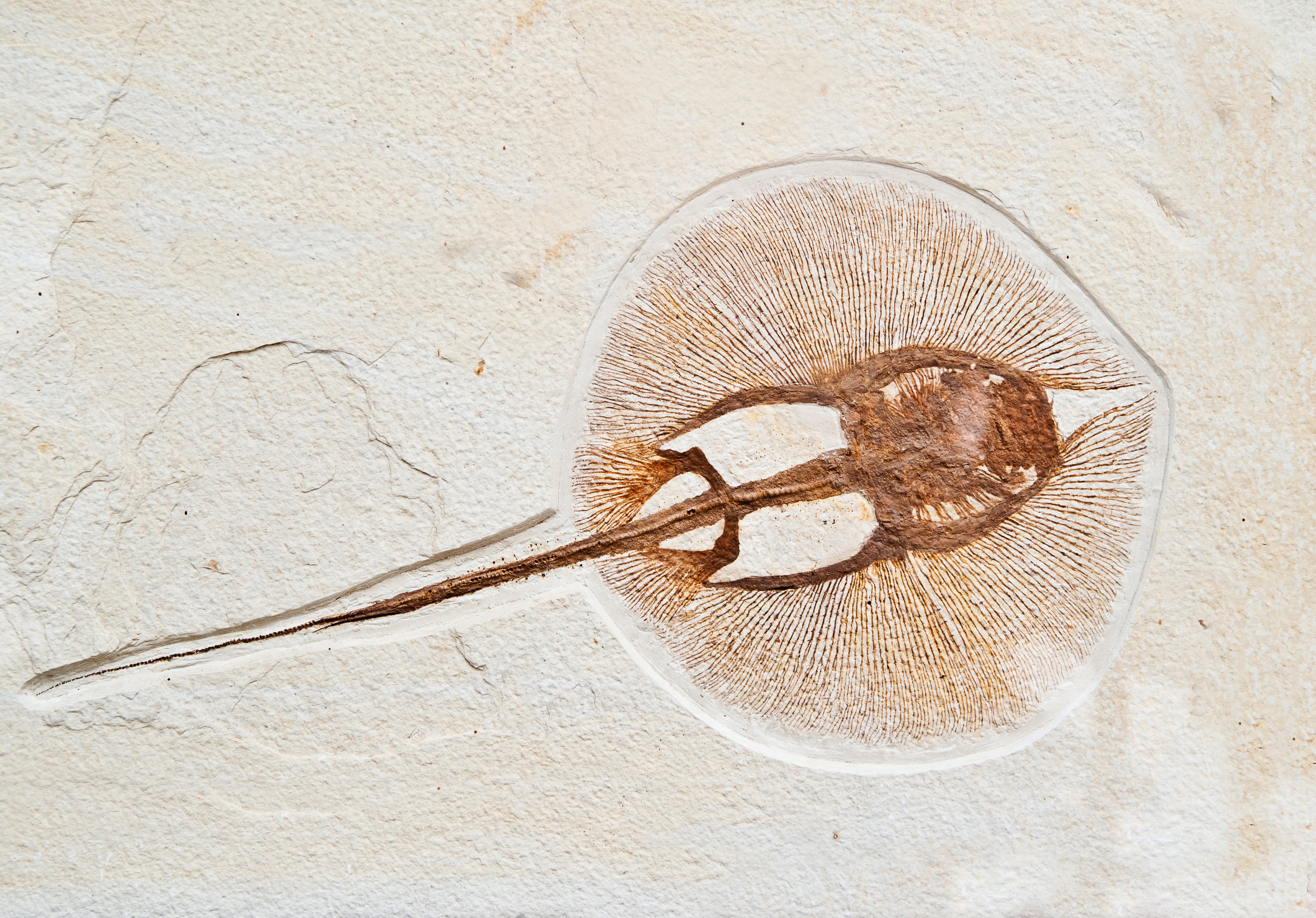
Return to the other animals that are described in the book and assign each group of four students one of the animals to research in more detail. Using tablets or computers with internet access, students should locate additional information about the prehistoric ancestor and modern-day relative. Using the back of the Fish and Fossil Observation Sheet, students should locate a picture of a fossil of that animal and compare the fossil image to the modern-day animal.
Explain
Make the following excerpts from the story into signs and add them to chart paper or the board. Then, ask students to use their experiences from the Explore phase to describe information they have uncovered. Questions to ask students for each prompt include:
- “When he saw the drawing, he was astounded. It looked almost exactly like the coelacanth, a fish thought to have died out about 65 million years earlier. How could this fish, missing from the fossil record for tens of millions of years, still be swimming in the ocean? Why had it survived when so many other species had become extinct?”
- Is this the same fish that was swimming in the ocean 65 million years ago? Explain your answer.
- What were some of the similarities you noticed in the pictures of the coelacanth over time? Differences?
- In watching the video and examining the pictures of the coelacanth, what characteristics did you notice?
- What are some reasons why your researched animal survived over time?
- “Most living things change as the world around them changes. They adapt to new conditions. Usually changes happen slowly. Fossils provide a record of these changes. They are snapshots of moments in time going back millions of years. They show us that living things have evolved into new forms and become new living fossils that can help us imagine their ancestors’ lives long ago. Whether living fossils survived because they were isolated, hardy, able to live in a variety of conditions, or lacked competition, they are clues to the past.”
- Why are the fish that are discussed in the video referred to as “living fossils”?
- What does the author mean when she says “adapt to new conditions”?
- Using the information in the book and information that you researched, describe the factors that helped your animal survive.
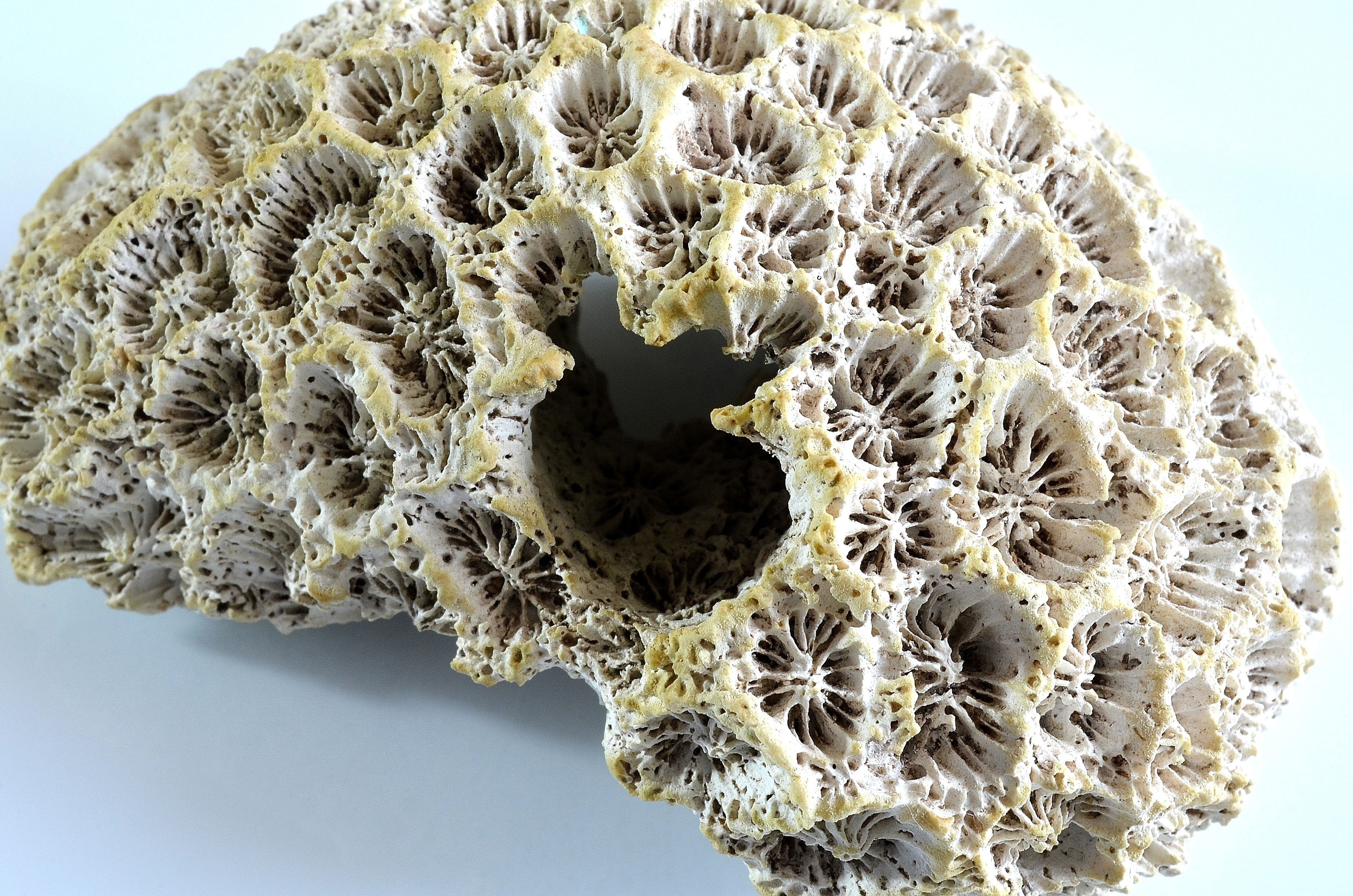
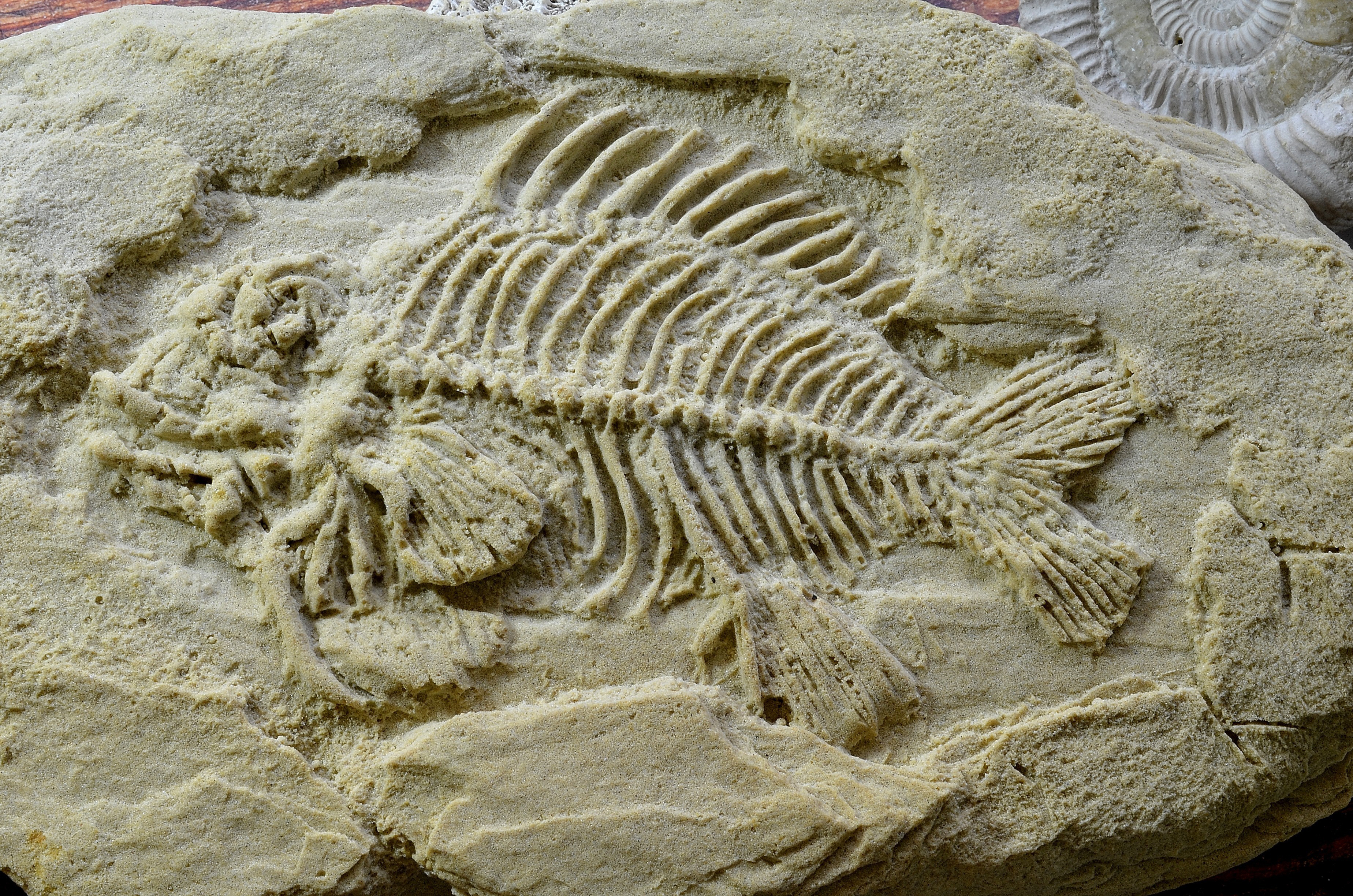
Elaborate
Ask students to take on the role of a paleontologist who will be writing an article for a science journal. Using the information they read and additional information they can find online, students should follow the criteria on the Author Guidelines and Notes Sheet (see NSTA Connection) and write a short article about why dragonflies are considered living fossils. The student sheet asks students to first answer questions as if they had conducted an interview or researched information, and then write their article and include a sketch or a picture.
Evaluate
Students describe their understanding of what a fossil is and what type of information can be obtained by looking at a fossil. As they listen to the story and examine the photos, they extract information from the text about prehistoric ancestors and current relatives of different animals. Students use various forms of media to learn more about living fossils and what their ancestors can tell us about where they lived then and where relatives live now. Finally, students apply their understanding by writing a short story as a journalist.



